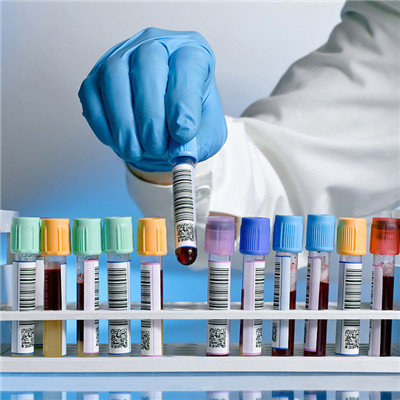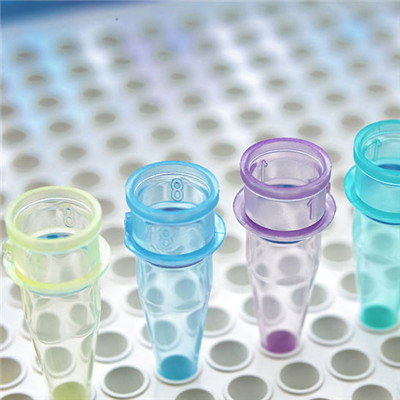What is Mycoplasma?
summary
Mycoplasma is a kind of minimal prokaryotic microorganism which has no cell wall, high pleomorphism, can pass through the filter and can be cultured and proliferated in artificial medium. Because it can form filaments and branches, it is called mycoplasma. Mycoplasma widely exists in people and animals, most of which are not pathogenic. What is Mycoplasma? Next, I'd like to share my views with you.
What is Mycoplasma?
First: Mycoplasma pneumoniae is the pathogen that causes mycoplasma pneumonia. It can also cause upper respiratory tract infection and chronic bronchitis. It is mainly transmitted through respiratory tract, but occurs throughout the summer and early autumn. The incidence rate is higher in the 1~15 year old group.

Second: mild symptoms, irregular fever, headache, irritating cough. Sometimes it is not bronchopneumonia. Some patients may have complications outside the respiratory tract, such as rash, cardiovascular and neurological symptoms. Isolation culture and serological test are commonly used in clinic.

Third: Ureaplasma urealyticum, Mycoplasma hominis and Mycoplasma genitalium are the pathogens causing human urogenital tract infections, which are transmitted through sexual contact and cause urogenital tract infections such as urethritis and prostatitis; Can also be transmitted through the placenta, causing premature birth, spontaneous abortion, congenital malformations, stillbirth and infertility, etc., through the birth tract infection can cause neonatal pneumonia or meningitis.

matters needing attention
At present, macrolide drugs, such as roxithromycin, clindamycin, azithromycin, or quinolones, such as ofloxacin, sparfloxacin, are widely used in the treatment of Mycoplasma pneumoniae infection. 2. Strengthen the propaganda and education, cut off the route of transmission. Tetracyclines and quinolones can be used to treat the infected patients.
















